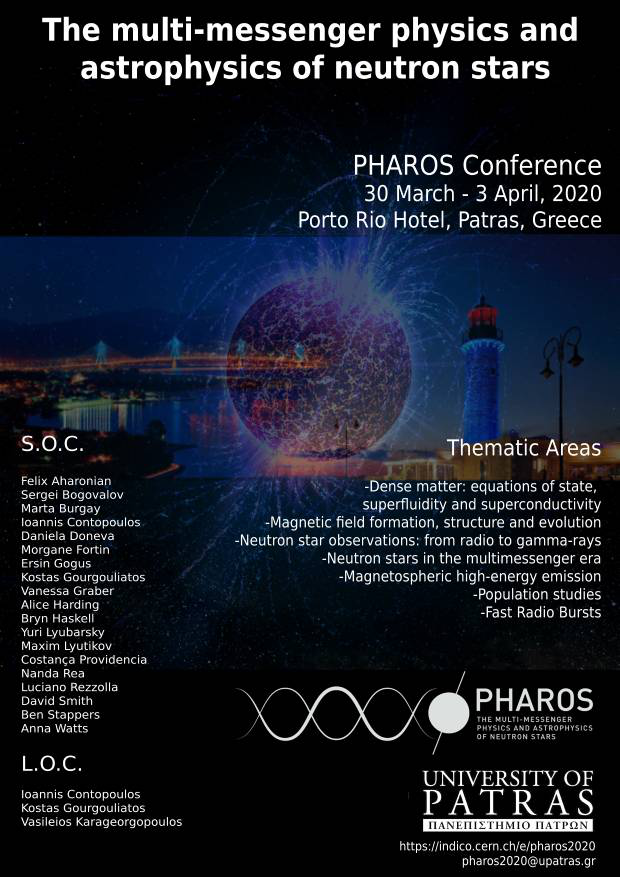Speaker
Description
High resolution, pulse to pulse observation of the 2016 Vela glitch and its relaxation provided us an opportunity to probe the neutron star internal structure and dynamics with unprecedented detail. Glitch spin up timescale is constrained below 12.6 seconds, which put stringent limits to the efficiency of angular momentum exchange between crustal superfluid and observed crust. Observed overshoot in the rotation rate as compared to the postglitch equilibrium value implies a discrimination among crustal superfluid-crust lattice and core superfluid-crustal normal matter coupling timescales. An evident decrease in the crustal rotation rate immediately before the glitch was detected for the first time and consistent with the formation of a new vortex trap zone which initiates large scale vortex unpinning avalanche. All of these features are evaluated in terms of the vortex creep model and a scenario accounting for both the formation process and ensuing recovery is presented.

